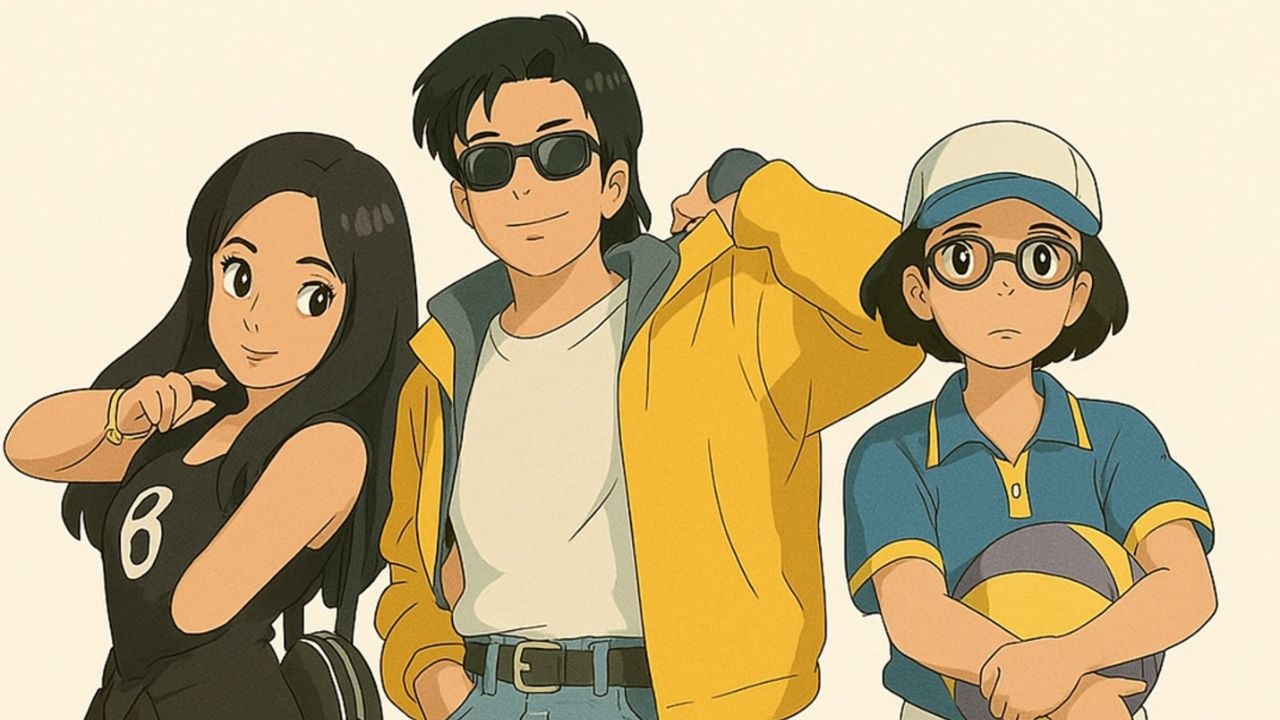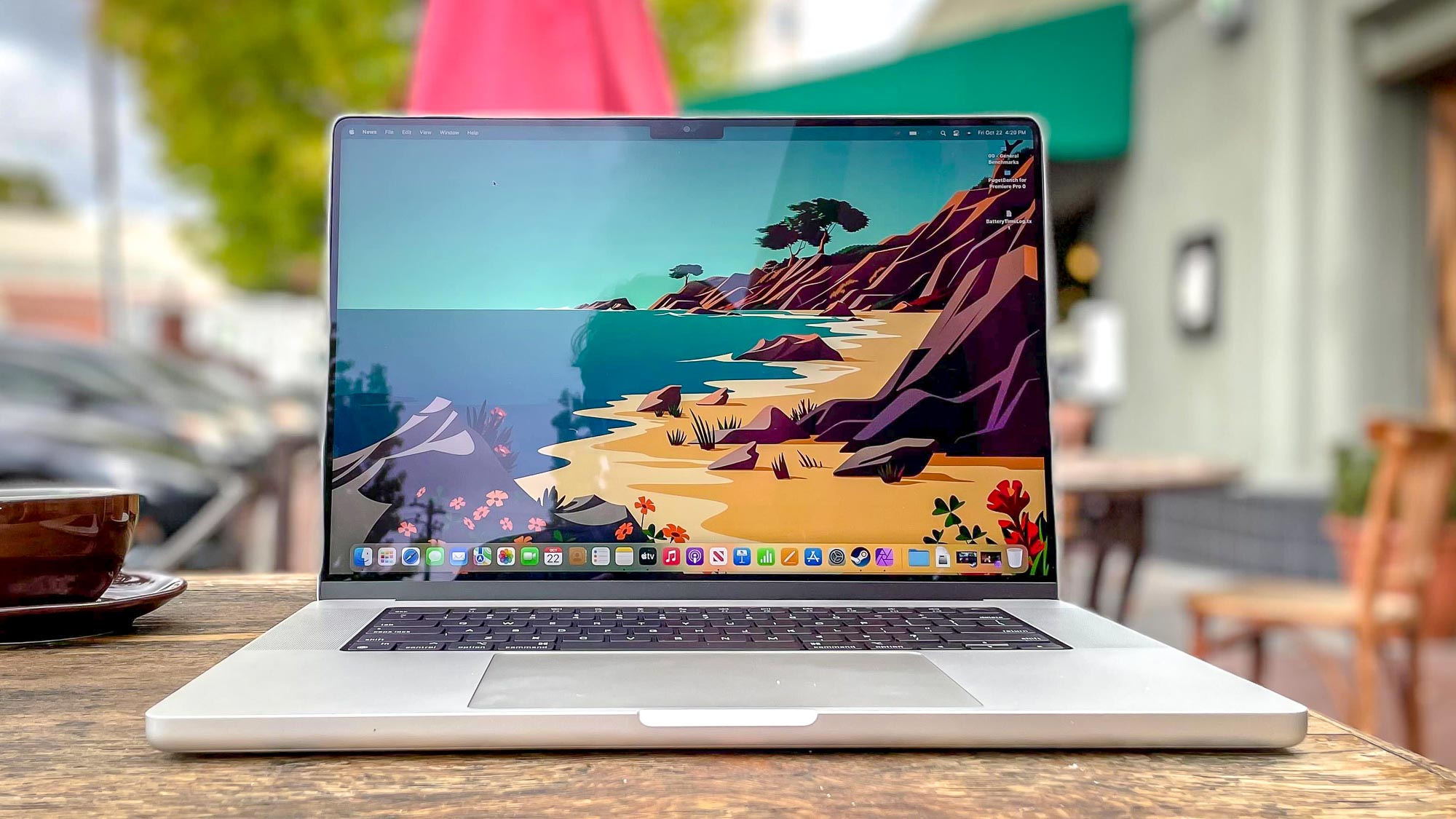My first reaction to the rampant, mindless “Ghiblification” of images was outrage. Reducing the illustrious legacy of the pioneering Japanese animation studio into an AI filter is blasphemy, enough to be a punishable offense. What’s there to discuss? However, there are plenty.
This debate is the latest offshoot of the centuries-old discourse around originality vs accessibility in art that’s laden with more nuance, context, and history than any Instagram reel can make you understand in 90 seconds. It therefore cannot be categorised into the neat, binary comments harping over right and wrong, inundating our social media feeds. The mind-bending improvements in AI and the ever-evolving possibilities of what it can do has brought us to a watershed cultural moment.

There is a sense of paranoia as there always is about the unknown. This fear reaches a deafening crescendo every time tech advancements clash with artistic integrity. But what are we so angry about? That GPT-4o, OpenAI’s latest version of ChatGPT, which is generating the Ghibli versions of images fed into it with remarkable precision within seconds, is making profits off of training its models on datasets that it hasn’t paid for? It’s ethically dubious but it isn’t exactly plagiarism.
What is truly laughable here is the Instagram accounts of mammoth Hindi film studios hopping on the trend and using their watermark on the Ghibli versions of their film posters and popular scenes. Irony much? What’s worth noting here is that no matter the number of images it reimagines into the Miyazaki aesthetic, no one will ever call GPT-4o an artist. Just like no one will call a remixed song, a street print of the Mona Lisa, a fan-fiction, or a Sabyasachi rip-off art.
They exist only because the original does. They are pale, soulless imitations that can’t hold a candle to the original. At best, AI can give you a personalised outcome trying various permutations and combinations of all the information it already has.
Irrespective of all the ground-breaking developments, it still cannot function without human precedence or intervention. Also Read: Your face, their data: Are Ghibli-style AI avatars a hidden biometric gamble? Unrestrained proliferation of any art is a time-tested metric to ascertain its popularity. It’s not for nothing that Oscar Wilde’s words—imitation is the sincerest form of flattery that mediocrity can pay to greatness—has turned into a pithy truism.
The Ghibli trend has introduced countless people across the globe to Hayo Miyazaki’s work, sparking curiosity without the filmmaker having to do anything. Despite its worldwide renown, there’s only a specific niche of cinephiles that has closely followed Studio Ghibli’s remarkable journey and appreciate the animation giant’s singular way of trying to find meaning in a world where little makes sense. But now everyone—from a vegetable seller in Mysore to a rizz-seeking Gen Z in Panchkula—knows.
In a socio-cultural landscape dominated by social media that thrives on herd mentality, it is getting increasingly difficult to ascertain what’s original anymore. Add to the confusion farcical regulations and non-existent laws, the ground has always been ripe for opportunists to plunder. The internet has only amplified the unjust practices that have accompanied the monetisation of art since the dawn of time.
It’s the reason why billionaire heirs of legacy businesses have and continue to reap riches off the talent and hard work of regional, tribal artisans, leaving them to languish in obscurity. It’s this ambiguity around ethical trade that has enabled the Hindi film industry for decades to freely “seek inspiration” from Hollywood and lift stories, music, or entire films. The Ghibli filter is not just a viral trend.
It’s the latest iteration of the incongruous forcing together of art and commerce. Outrage we must, but it cannot be so surface-level or selective. I spoke to emerging AI artist Gokul Pillai two years ago.
Considering how things have unfolded since, what he said then now feels prescient. He told me, “There will be dramatic changes for sure. People have started realising AI’s power.
Even traditional artists and photographers have started using it. A lot of them were against it but are using AI now because they have understood that it’s the only way forward. If everyone is using new technology, you don’t want to be left out for too long.
If you have no idea what’s happening or are averse to change, you are losing time.” “Everyone should give it a try to at least know what is happening. Otherwise, it will get difficult to stay afloat,” he concluded.
Also Read: The “Ghibli trend" and AI’s creative revolution: Risks, opportunities and policy directions.
Technology

Ghibli aesthetic as an AI filter: Art in the age of artificial intelligence

Is the viral Ghibli trend a mockery of Miyazaki’s lifework and worldview or a celebration of it?














